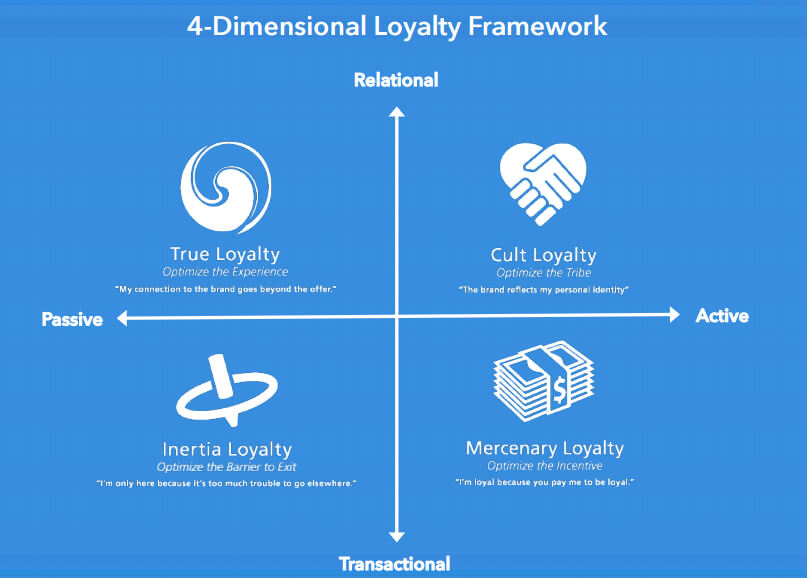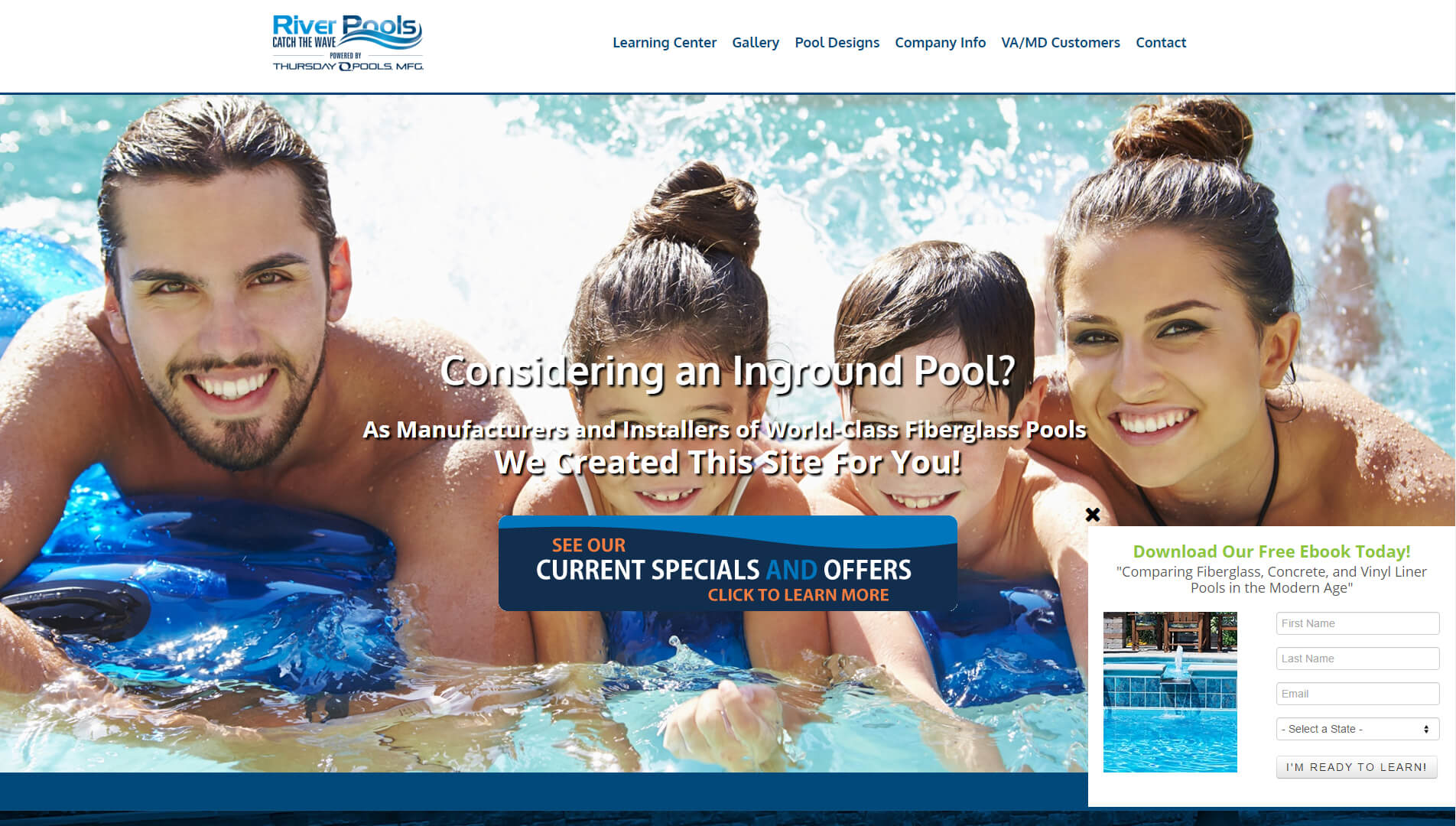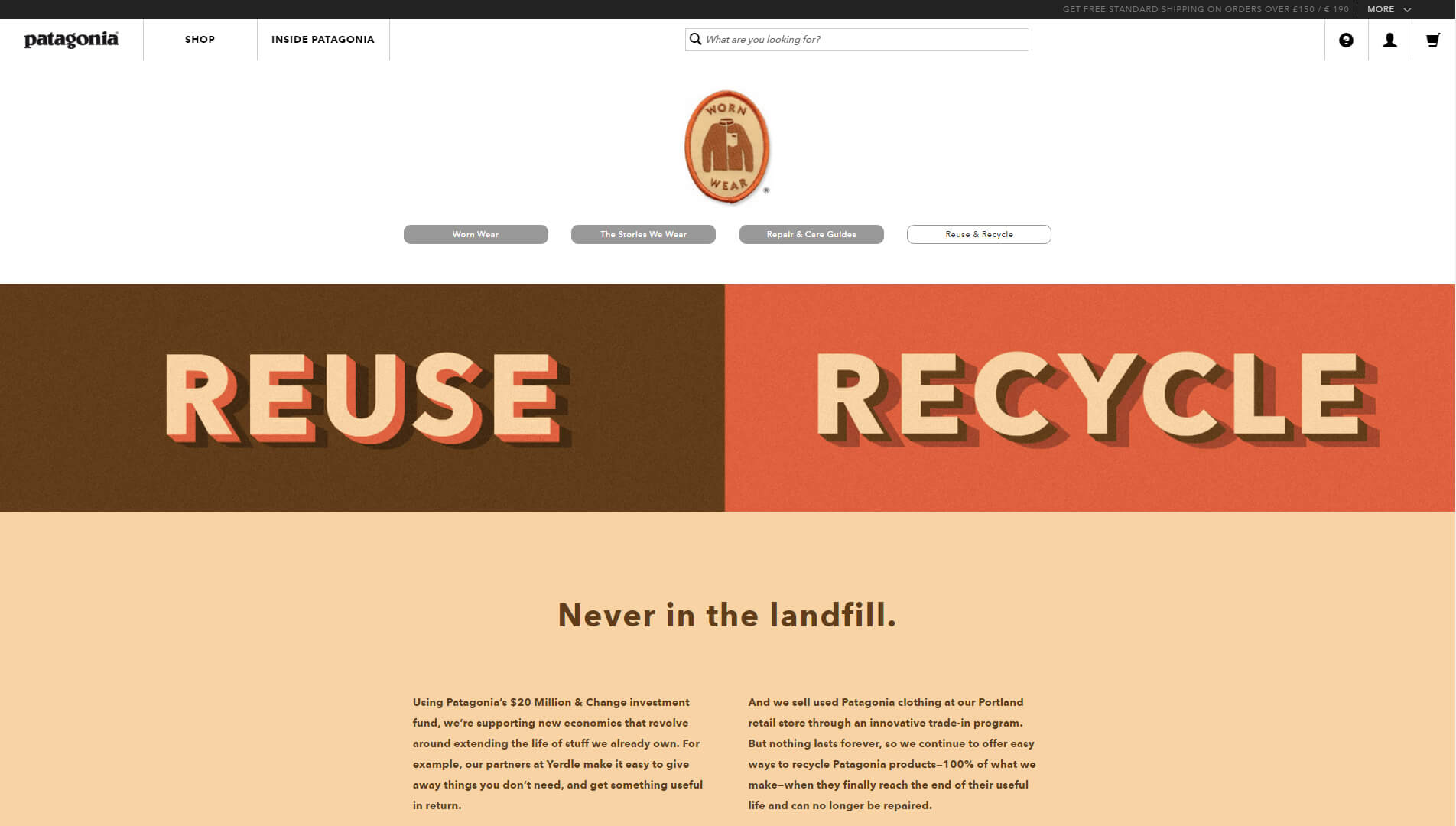Case Studies
Industries
Resources
Ratings & Reviews
NEW
Have you heard about Customer Lifetime Value and how it can help your customer retention?
Definition: Customer Lifetime Value (CLV) is one of the key stats to track as part of a customer experience program. CLV is a measurement of how valuable a customer is to your company, not just on a purchase-by-purchase basis but across the whole relationship.
Do you want your customers to return? Do you want to increase your customer retention? Are you disappointed when you don’t see them again?
That’s why it’s important to measure CLV so that you can improve your relationship with future customers.
According to this research from Maritz Motivation Solutions, millennials tend to drop out of loyal customer groups in the first 6 months. As a comparison, the risk of exit among baby boomers usually arises after 1 year of commitment.
Lékué, an innovative kitcheware brand, was faced the same challenge in regards to staying engaged with their customers and fan base. This case study explains how Lékué adapted through Flowbox a unique approach using social content in order to stay connected with their online community.
So how can your brand use this strategy and others to keep your customers coming back? Does retention seem like a Gordian knot that you cannot solve?
Don’t worry. You just need to optimize your current strategy. Here is how.
In 2015, Maritz Motivation Solutions conducted the aforementioned research, and asked 2000+ customers from millennials to baby boomers in the US about their brand loyalty. After analyzing the answers, they came up with the 4D loyalty framework that shares the four stages of customer loyalty, namely:

Your whole customer retention strategy is affected by which dimensions your current customers are in. Once you know where they are, you can make them go for the next level.
But what is the real meaning of these dimensions? Let’s see!
Believe or not, I’m really into comic books. And when I was little, there was one comic book store in my town. There was only a poor range of products, and only one staff member who wasn’t really helpful when you were looking for the latest issues of Spiderman. But, I didn’t have another choice, so I stuck with this one store.
This is inertia loyalty. Customers shop from you, because there are no other alternatives they can choose from. You may be the cheapest on the market, or offer a very rare product. It may sound like the ultimate utopia at first, but you should be cautious, because…
See? Here customers are easily flowing in, but they can easily disappear, too. That’s why the best competitive strategy is to move past this stage, and offer your customers real value, that shows you care about them and provides you with a chance for deeper engagement.
Don’t make eCommerce marketing mistakes. For example, 62% of customers expect online content from brands in exchange for their loyalty. Here it’s not only how-to blog posts and tutorials that matter, but also product descriptions.

My mother loves Tesco. She always reads the promotional catalogs and collects stickers. She never, and really never, misses an opportunity to take advantage of a deal.
She is the perfect example for mercenary loyalty. Compared to inertia loyalty, in this stage customers are actively engaged with you because they need to act to earn discounts.
Here is the ultimate toolkit a store needs to achieve mercenary loyalty:
Rewarding purchases should be a basic step in your customer retention strategy, as 69% of customers are loyal to those brands who reward their purchases. Why? Because of the social rule of reciprocity.
In this video, Dr. Robert Cialdini, explains why reciprocity is so important when you want to influence your customers’ purchase behavior. In short, customers act by the social rules in their minds. When they get rewarded or receive a gift from you, it makes them feel they should “return the favor,” which initiates that after a positive experience with you they should make their next purchase in your webstore.
Imagine this.
You purchase a Moleskine notebook – those slightly overpriced and beautiful products I actually adore. If you meet someone with the same notebook, you feel that you are connected to each other. You get the sense that you are part of an exclusive community.
This is where cult loyalty starts.
Rewarding only customer purchases doesn’t differentiate you from others. Your brand message and power to build a contributing community can also help. So while you’re creating mercenary loyalty, you should provide incentives for cult loyalty by involving the next elements in your strategy:

I love a web store called Tokyo Otaku Mode. It sells products for the fans of the anime and manga subculture. When I order something from them, it arrives from Japan in 5 days and they always send a nice thank you letter, a badge and a beautiful paper holder. Their “delight and surprise” strategy is what always makes me fall in love with them.
And this is exactly how true loyalty is earned. The key here is to find every possible way to make your customers smile. Besides my example, here are 3 further fields you should focus on for boosting positive customer experiences:

Find out how to make your customers love you even more in .
The best strategy for maintaining customer loyalty in your store is to optimize your current strategy by mixing the elements of mercenary-, cult- and true loyalty.
But where to start?
Just think over your current strategy.
By answering these questions, you can get everything right quickly and will see how to move forward with your loyalty strategy.
And if you need any help or would like to ask for advice, I’m always ready to get in touch. Just write here in the comment section or Tweet me.
Timi Garai is the Content Marketing Manager and blogger at Antavo Loyalty Software. She produces ebooks, use cases, whitepapers, blogposts about ecommerce marketing and customer loyalty. In her other life she blogs about the manga and animé subculture for 10 years. Connect with her on Linkedin or Twitter.